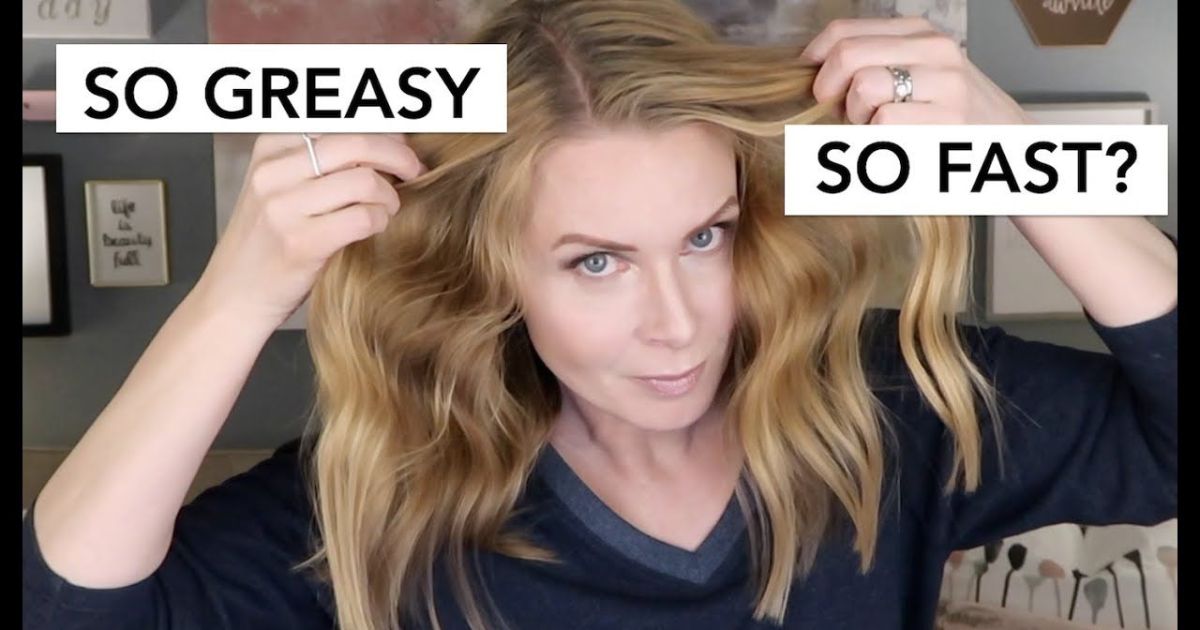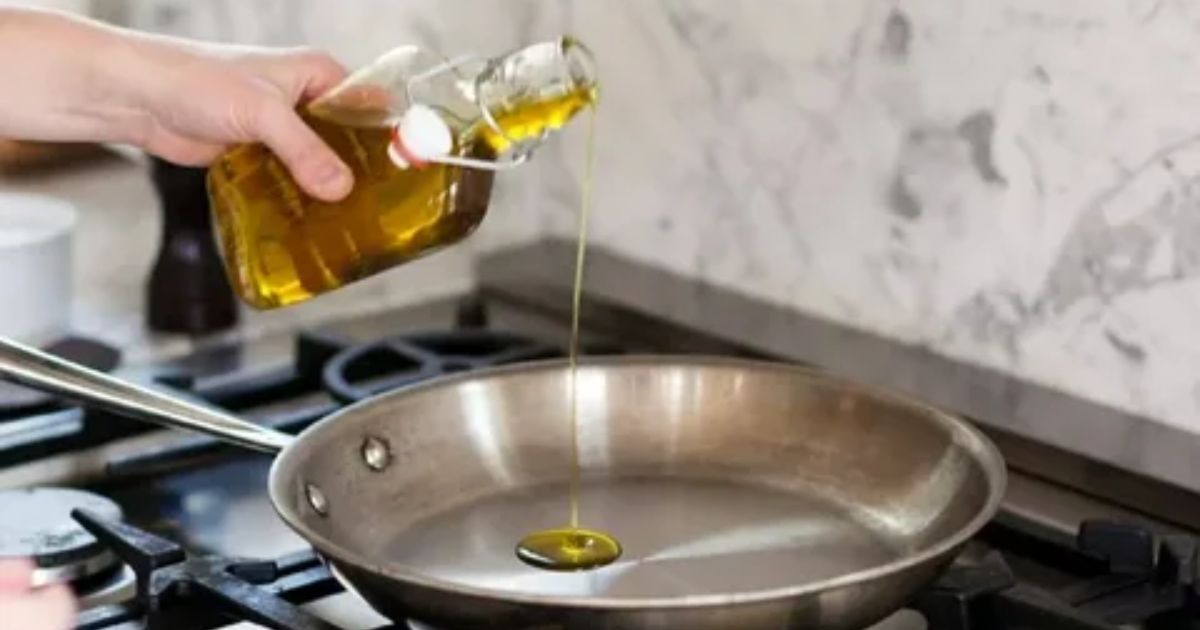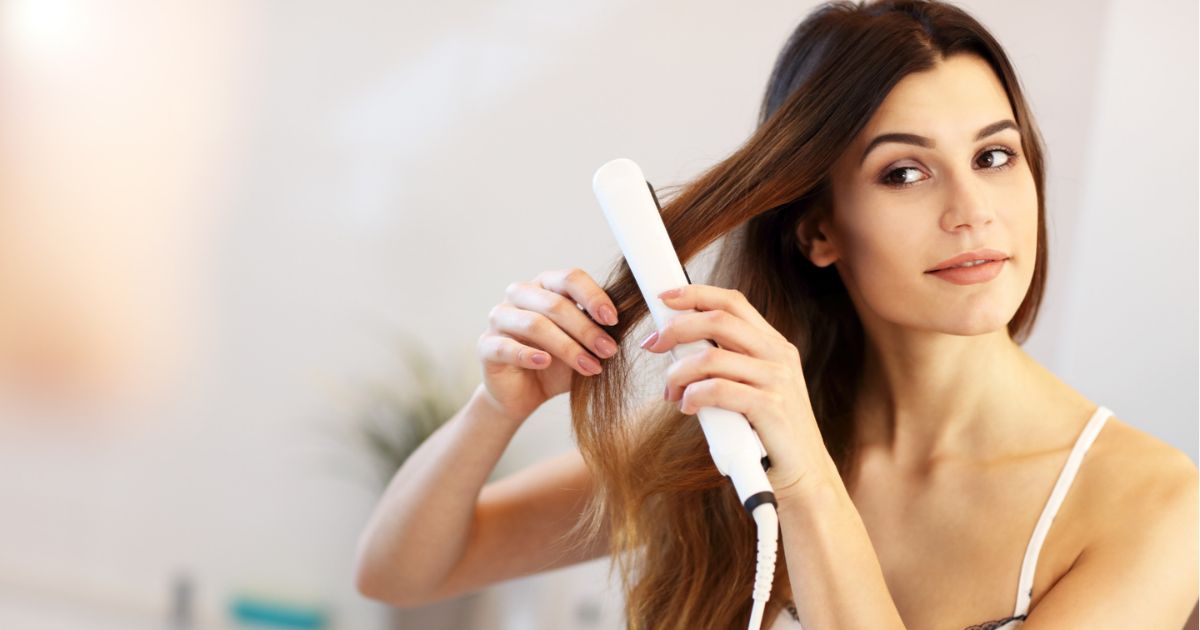Have you ever wondered why your hair gets greasy after you straighten it? It can be frustrating when you put in all that effort to achieve sleek, straight locks, only to have them look oily shortly after. Well, the answer lies in the role of heat and how it affects the production of excess oil on your scalp. Understanding this connection will help you manage greasy hair and keep it looking fabulous even after straightening.
Key Takeaways
- Heat styling stimulates sebaceous glands, leading to excess oil production in the scalp.
- Straightening tools disrupt the distribution of sebum, causing accumulation at the roots while the rest of the hair remains dry.
- Heat styling can disrupt the moisture balance of the scalp, leading to dryness, irritation, and overproduction of oil.
- Straightening hair strips away natural oils, which can result in overcompensation and increased sebum production.
The Role of Heat in Excess Oil Production
Sometimes when you straighten your hair, the heat can cause your scalp to produce excess oil, resulting in greasy hair. This is because high temperatures have a direct impact on sebum production, the natural oil produced by your scalp. When heat is applied to your hair, it stimulates the sebaceous glands in your scalp, causing them to produce more oil than usual. This excess oil then travels down the hair shaft, making it appear greasy. The relationship between heat styling and oily scalp is a common concern for many people who use straightening tools regularly. Understanding how heat affects sebum production is important in managing greasy hair. Now, let’s delve into how straightening tools affect sebum distribution and what you can do to prevent excessive oiliness.
How Straightening Tools Affect Sebum Distribution
When you use straightening tools, the heat from these tools can disrupt the distribution of sebum in your hair, leading to greasiness. Here’s how straightening tools affect sebum distribution:
- Impact of humidity on sebum distribution: Humidity plays a significant role in sebum distribution. When you straighten your hair in humid conditions, the excess moisture in the air can cause your hair to absorb it, making it appear greasier than usual.
- The role of hair products in sebum production: The hair products you use can affect sebum production. Some styling products contain ingredients that can stimulate the production of sebum, leading to greasy hair. When you use straightening tools, these products can be activated by the heat, causing an increase in sebum production.
- Disruption of sebum distribution by heat: The high temperature from straightening tools can disrupt the natural distribution of sebum along your hair shaft. This disruption can cause sebum to accumulate at the roots, making them appear greasy while the rest of your hair remains dry.
Understanding how straightening tools affect sebum distribution can help you make informed choices about your hair care routine and prevent excessive greasiness.
Understanding the Scalp’s Response to Heat Styling
If you frequently use heat styling tools on your hair, it’s important to understand how your scalp responds to the heat. Maintaining scalp health is crucial for overall hair health, and heat damage can have a significant impact on the scalp. When exposed to high temperatures from straightening tools, the scalp’s natural moisture balance can be disrupted. This can lead to dryness, irritation, and an overproduction of oil to compensate for the lack of moisture. Additionally, the heat can cause inflammation in the scalp, which can further contribute to excess sebum production. Understanding the scalp’s response to heat styling is essential in preventing scalp issues and maintaining a healthy balance of oil production. Now, let’s explore the connection between straightened hair and increased sebum production.
The Connection Between Straightened Hair and Increased Sebum Production
To better understand the connection between straightened hair and increased sebum production, you may notice that your hair becomes noticeably greasier after using heat styling tools. This can be frustrating, especially when you want your hair to look sleek and polished. However, there are several reasons why straightening your hair can lead to excessive sebum production:
- Disruption of the hair’s natural balance: Heat styling tools can strip away the natural oils that keep your hair moisturized. This can cause your scalp to overcompensate by producing more sebum, leading to greasy hair.
- Increased heat and humidity: Straightening your hair often involves using high temperatures, which can cause your scalp to sweat more. This excess moisture combined with the heat can create the perfect environment for sebum production.
- Inadequate haircare routine: If you’re not properly cleansing and conditioning your hair after straightening, residue from styling products can build up on your scalp, clogging the hair follicles and contributing to increased sebum production.
To prevent excessive sebum production when straightening your hair, make sure to cleanse your scalp thoroughly, use heat protectant products, and avoid using excessive heat. Additionally, incorporating a clarifying shampoo into your haircare routine can help remove any product buildup.
Tips and Tricks for Managing Greasy Hair After Straightening
Keep your hair looking fresh and grease-free after straightening by implementing these effective tips and tricks. Managing oily hair can be a challenge, but with the right techniques, you can prevent hair greasiness and maintain a polished look. First, make sure to wash your hair regularly using a gentle shampoo that is suitable for your hair type. Avoid over-washing, as this can strip your hair of its natural oils and lead to increased oil production. Additionally, try using dry shampoo in between washes to absorb excess oil and add volume to your hair. Another helpful tip is to avoid touching your hair too much, as the natural oils from your hands can transfer to your hair and make it greasy. Lastly, choose lightweight styling products and avoid applying them directly to your roots. By following these tips, you can manage oily hair and keep it looking fresh and grease-free after straightening.
FAQ’s
How Often Should I Wash My Hair to Prevent It From Getting Greasy When I Straighten It?
To prevent greasy hair when straightening, wash your hair every 2-3 days. Use a gentle shampoo for oily hair and avoid heavy products. Opt for hairstyles that keep your hair off your face to minimize oil transfer.
Can Using a Heat Protectant Spray Help Reduce Oil Production When Straightening Hair?
Using a heat protectant spray can help control oil production when straightening your hair. It forms a barrier, reducing damage and preventing excessive oiliness. Alternatively, try other hair straightening methods to minimize greasiness.
Are There Any Specific Hair Products That Can Help Control Excess Oil Production After Straightening?
After straightening your hair, try using specific hair products like dry shampoos or oil-absorbing powders to control excess oil production. Additionally, incorporating natural remedies like apple cider vinegar or tea tree oil into your haircare routine may help regulate oiliness.
Does the Type of Straightening Tool I Use Affect How Greasy My Hair Gets?
Using the wrong straightening tool can make your hair greasy. Ceramic or tourmaline tools are best for preventing this. To avoid damage, use a heat protectant spray and straighten at a lower temperature.
Can Excessive Heat Styling Lead to Long-Term Damage to the Scalp and Increase Oil Production?
Excessive heat styling can have long-term effects on your scalp, potentially leading to increased oil production. To control oiliness, try using heat protectant products and limiting the frequency of straightening.
Conclusion
In conclusion, straightening your hair can sometimes lead to excessive oil production, causing it to become greasy. The heat from styling tools can disrupt the natural distribution of sebum, resulting in an overproduction of oil on the scalp. This can be particularly frustrating for those who desire sleek, straight hair. However, by implementing effective hair care practices and using appropriate products, you can manage greasiness and maintain healthy, beautiful hair.










